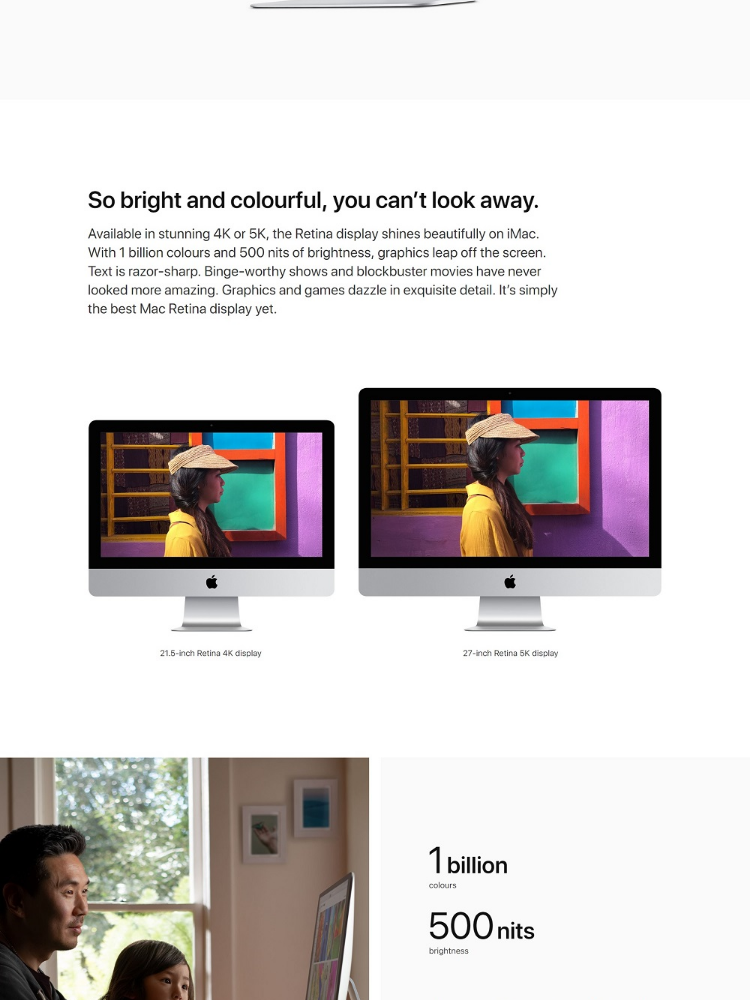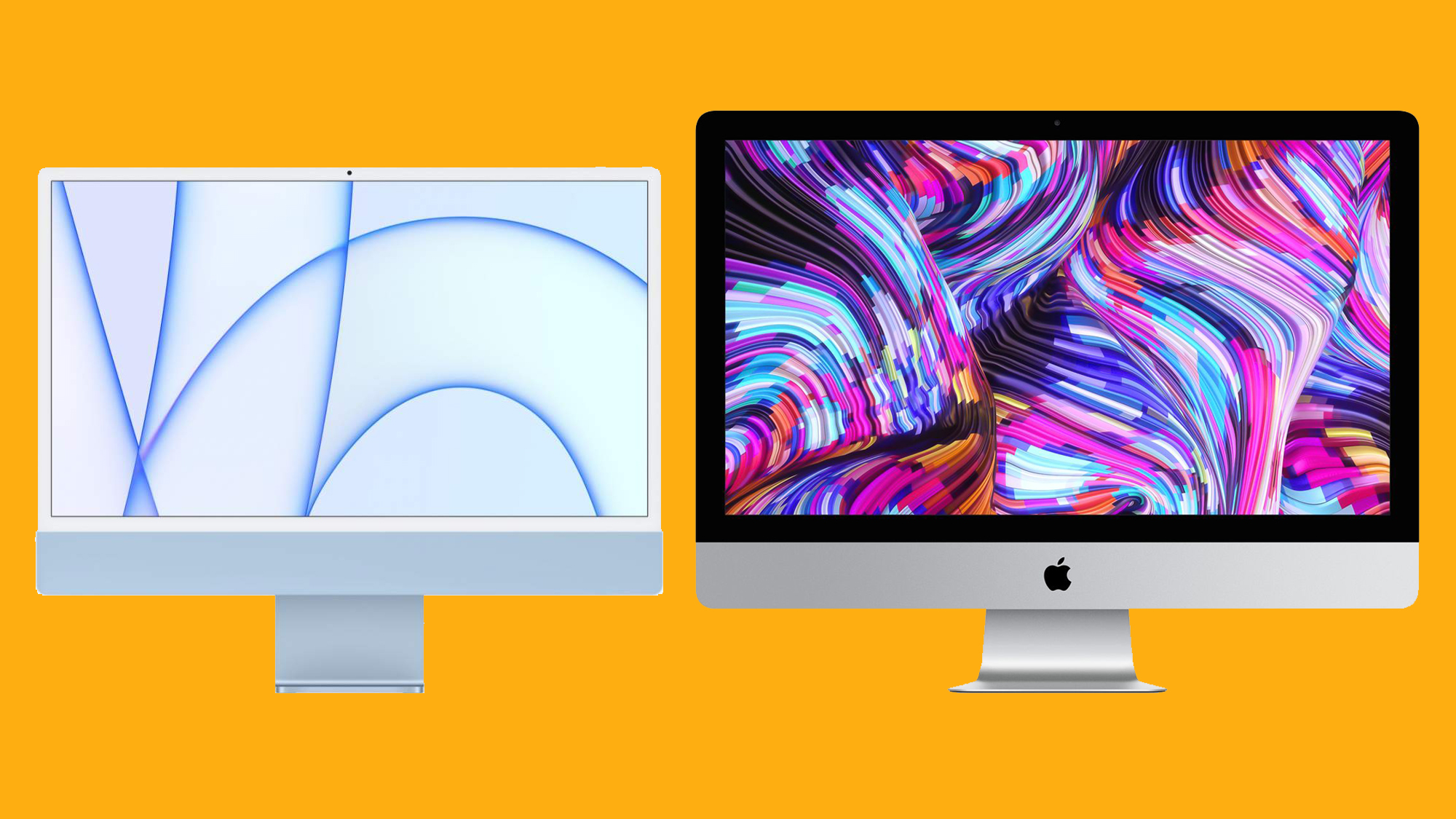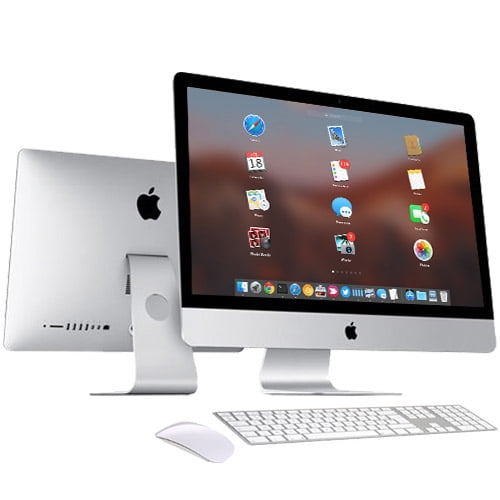
Simply connect to an 802.11ac base station - such as AirPort Extreme or AirPort Time Capsule - and reach data rates of up to 1.3 Gbps.3 That’s triple the previous 802.11n standard. With three-stream 802.11ac technology, Apple iMac takes desktop Wi-Fi to unprecedented speeds. With a new Intel Core processor, the latest AMD graphics, advanced Fusion Drive options, and Thunderbolt 2, iMac delivers lightning-fast speed. But that just sets the stage for massive performance. You know iMac by its incredibly thin enclosure. Apple iMac 21.5 Dual-core i5 8GB 500GB Intel HD Graphics.1.4GHz dual-core Intel Core i5 processor (Turbo Boost up to 2.7GHz) with 3MB shared 元 cache.You’ll still want to use external speakers to fill a room larger than 20-by-20 feet, but for bedrooms, offices, dens, and smaller living rooms, the built-in speakers have enough power.Apple iMac 21 5 Dual-core i5 8GB 500GB Intel HD Graphicsof colours The new speakers are a vast improvement over previous models, producing richer sound with better bass response and louder volume. To strengthen the iMac’s use as part of an entertainment center, Apple upgraded the speaker system. Keyboard and Magic Mouse both use Bluetooth. If you have FireWire 400 peripherals, you’ll have to supply your own FireWire 400-to-FireWire 800 adapter.

You get a headphone/optical digital audio output minijack, an audio line-in/optical digital audio input minijack, four USB 2.0 ports, one FireWire 800 port, a Mini DisplayPort, and a gigabit ethernet port.

And like previous iMacs, most ports are located on the back of the iMac, on the lower-left side. Ports, Magic Mouse, Speakers, and ExtrasĪll of the iMacs have SuperDrive DVD writers, next to which is a new SD card slot that can read SD and SDHC memory cards that are used in digital cameras. However, it’s now been two years since the first aluminum iMac with glass was introduced, and there are no signs that Apple is interested in offering a matte screen option.

In fact, because of the glare, you might reconsider using the 27-inch iMac as a HDTV. Glare is a problem if you’re in a group gathered around a 27-inch iMac that’s being used as an HDTV. When using the iMac as a desktop computer, I’ve learned to see past the glare and reflections, but many others can’t develop such tolerance–and I’m not saying you should. The gloss makes colors pop and blacks deep and rich, but you can see your reflection in the glass. There’s one major issue with the screen that, for many, is a deal-breaker: the glass on the display and its glossy effect. The new iMac screen maintained its color integrity, while the old 20-inch iMac screen looked like a mess. Looking at the screen from different angles, I had a difficult time noticing any color shifting. The display also uses in-plane switching (IPS) technology, which is supposed to help maintain image quality when viewing the screen at extreme angles. That’s because Apple thankfully now uses 8-bit displays across the iMac line–the 6-bit dithered display used in the 20-inch iMac is gone (we hope). Switch it on, and you’ll notice that the LED backlit screen is also a bit brighter, and colors are much better than on the 20-inch iMac. Another $200 gets you the same specs with a bigger 27-inch display.) (The next step up in the iMac line costs $1500, and has largely the same specs save for a 1TB hard drive and ATI Radeon HD 4670 graphics with 256MB of dedicated GDDR3 graphics memory. That older model featured the same nVidia graphics as well as the same price. As mentioned, it’s a $1200 system that replaces an early 2009 model with a 20-inch display, a 2.66GHz Core 2 Duo processor, and 2GB of memory. This budget iMac has a 21.5-inch LED-backlit screen, a 3.06GHz Intel Core 2 duo processor, 4GB of 1066 DDR3 SDRAM, a 500GB hard drive, a DVD writer, and nVidia GeForce 9400M graphics that shares up to 256MB of main memory.
#BEST PRICE IMAC 21.5 WINDOWS#
Here we look at the $1200 iMac, tested using Boot Camp and 64-bit Windows 7. These entry-level $1200 and $1500 iMacs both feature 21.5-inch displays (and replace the 20-inch iMac from early 2009), while the 27-inch 3.06GHz iMac is now the middle ground in price at $1700.

Though Apple’s high-end ($2000+) iMacs are the first all-in-one PCs with Core i5 and Core i7 processor options–not to mention big and beautiful 27-inch displays–the cheapest iMacs now all come with 3.06GHz Core 2 Duo processors.


 0 kommentar(er)
0 kommentar(er)
